Text


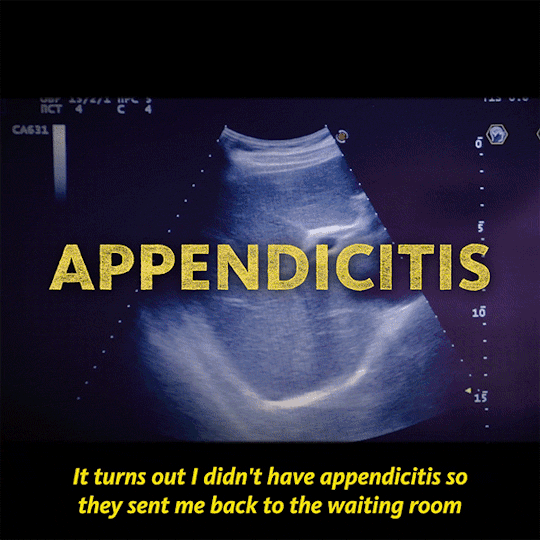
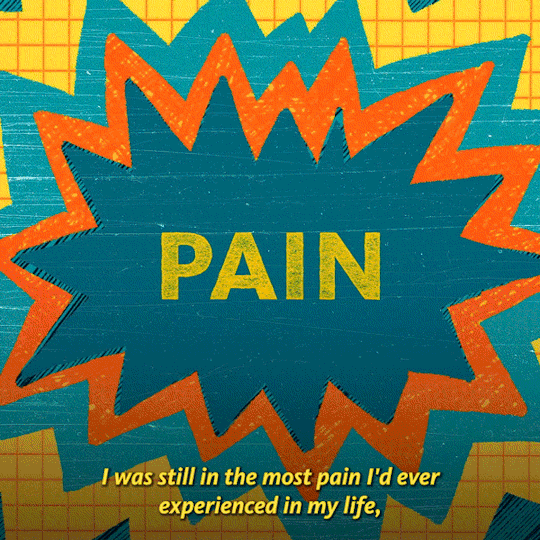

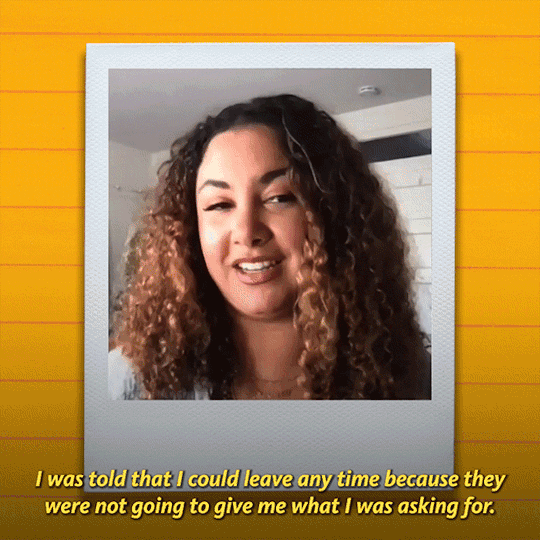
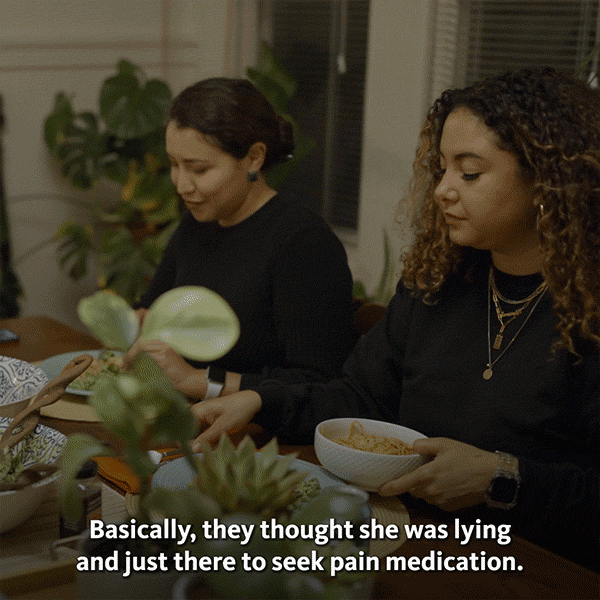

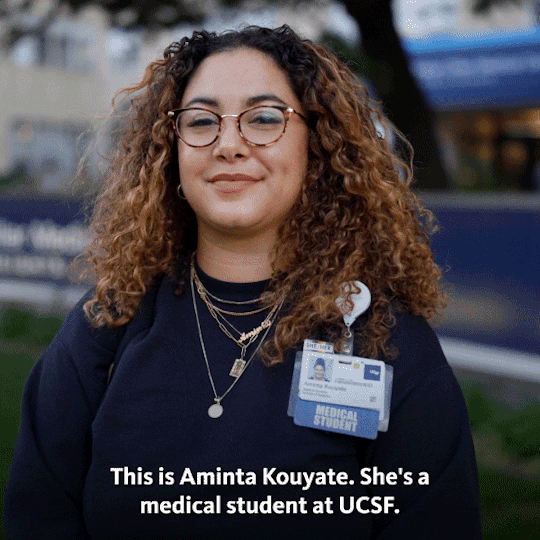

The bad hospital experience that led Aminta Kouyate to become a doctor.
Going to the hospital isn’t fun, it’s when people are typically at their most vulnerable.
And for many people of color, traumatic encounters with the health care system are a reason to avoid going to the doctor. But for UC medical student Aminta Kouyate, it sealed her decision to become a physician.
Aminta was an undergrad at UC Berkeley, tackling general chemistry and physics, when she woke up at 5 a.m. with debilitating abdominal pain. Doctors first suspected appendicitis — but when the imaging showed her appendix was fine, “the tone in the room changed immediately,” Kouyate said. She was left for five hours by an open exit door in a hallway in just a thin patient gown.
“I was told I could leave at any time because they were not going to give me what I was looking for,” she said. “They thought I was there to seek pain medication, that I did not actually have a medical emergency.”
Finally, a Black nurse noticed her sitting in the hall and made sure the doctors addressed her problem and gave her the care she needed. But the experience left its mark.
“Nobody should ever have to have to feel this way,” she said. “I thought to myself, ‘If I have anything to do with it, nobody’s ever going to treat another patient like this again.’”
youtube
#blacklivesmatter#health#Black Lives Still Matter#White Coats for Black Lives#Youtube#ucsf#women in stem
4K notes
·
View notes
Text
youtube
What's the difference between Hispanic, Latino and Latinx?
Hispanic, Latino/a and Latinx are words that represent huge, diverse populations of people — and that’s a big task! UC Berkeley researcher Cristina Mora explains the origins of these terms and how it’s connected to a much larger conversation about culture and representation.
41 notes
·
View notes
Text
Latinx? Latino/a? Hispanic?

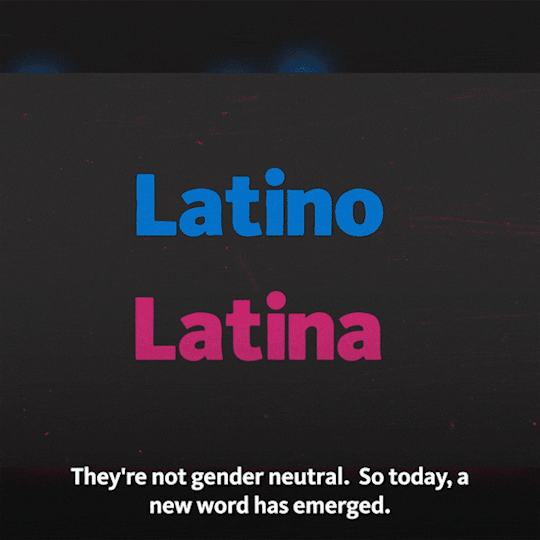
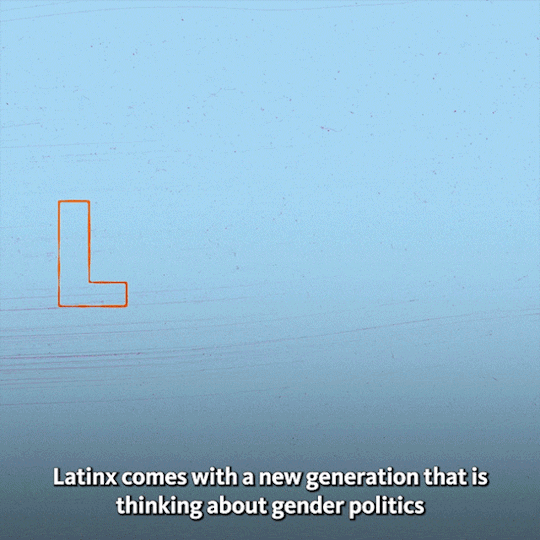

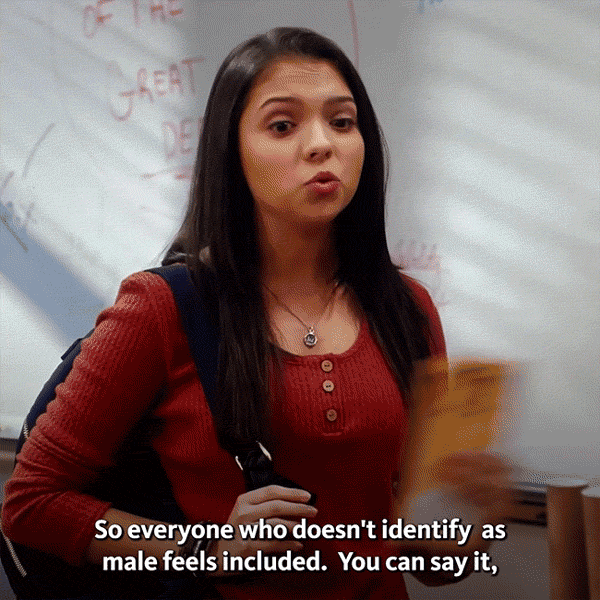

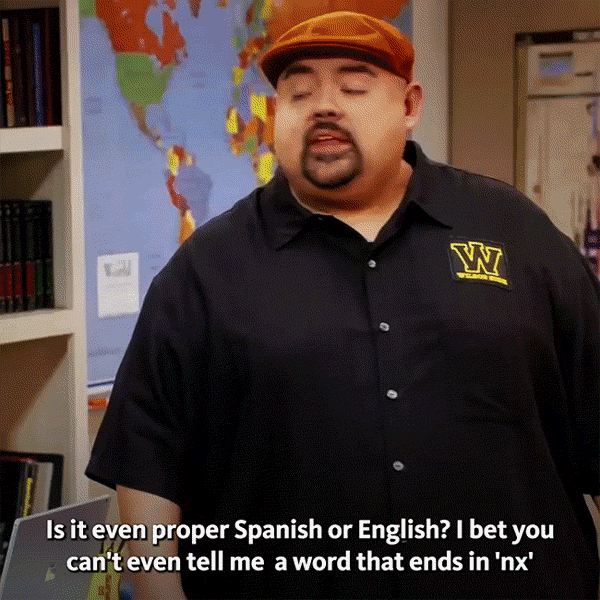
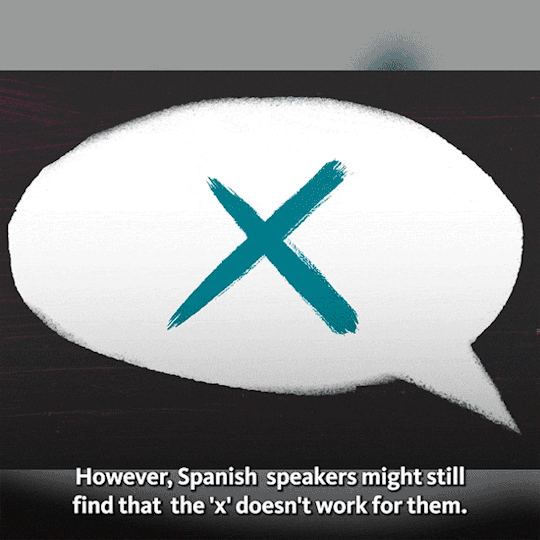


What’s the difference between Hispanic, Latino, Latinx and Latine?
People often want to know which term — Hispanic, Latino or Latinx — is the most respectful. But it really depends on the person and context.
“Hispanic” refers to any of the peoples in the Americas and Spain who speak Spanish or are descended from Spanish-speaking communities. It was coined in the 1970s by the U.S. Census Bureau to offer a pan-ethnic name for peoples such as Puerto Ricans, Mexican Americans, Cuban Americans and others, whose social, economic and political needs were often ignored.
According to UC Berkeley's Cristina Mora, before the term “Hispanic” was adopted, the census enumerators would often check off people such as Mexican Americans as “White” on the census forms.
In contrast to Hispanic, the term Latino describes any person with ancestry in Latin America, a politically defined region usually unified by the predominance of Romance languages. This definition usually includes Portuguese-speaking Brazil and French-speaking Haiti, but excludes Spain.
But what about Latinx??
For some, the pronunciation of the word is cryptic: la-TEENGKS? LA-tin-EX? For others, it represents a kind of language imperialism by imposing a new English word onto a Spanish word and rendering it unpronounceable.
Latinx is essentially a non-binary form of Latino or Latina. The suffix “-x” replaces the “-o” or “-a” corresponding to masculine or feminine, allowing the word to resist the gender binary. (In Spanish-speaking countries, the term Latine with the suffix “-e” is circulating as an alternative to the -o/a binary.)
Read more
youtube
3K notes
·
View notes
Photo
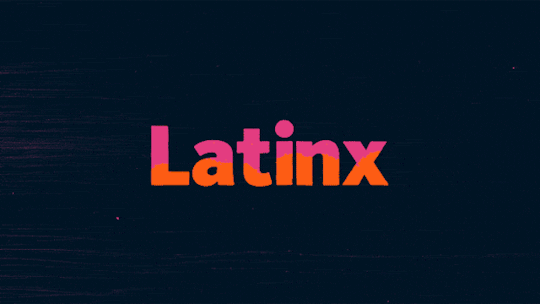






What's the difference between Hispanic, Latino and Latinx?
In the past few years, the word Latinx has become more popular, but a lot of people have strong opinions about it.
Plus, there are many words that people use to define themselves, based on ethnic background or cultural heritage.
Words like Hispanic, Latino/a and Latinx are words that represent huge, diverse populations of people — and that’s a big task! UC Berkeley researcher Cristina Mora explains the origins of these terms and how it’s connected to a much larger conversation about culture and representation.
What term do you prefer?
Read more
youtube
88 notes
·
View notes
Photo


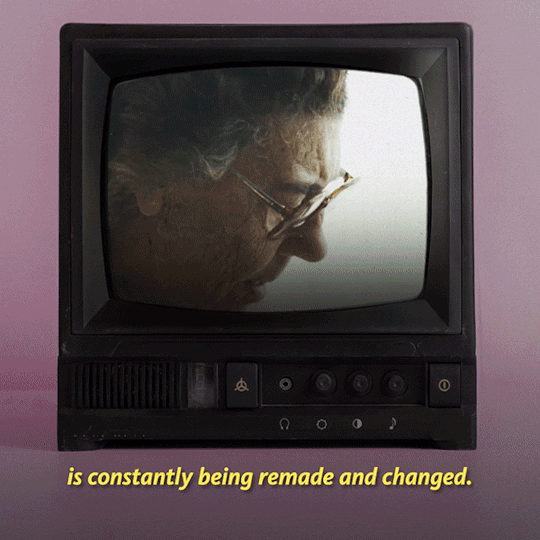
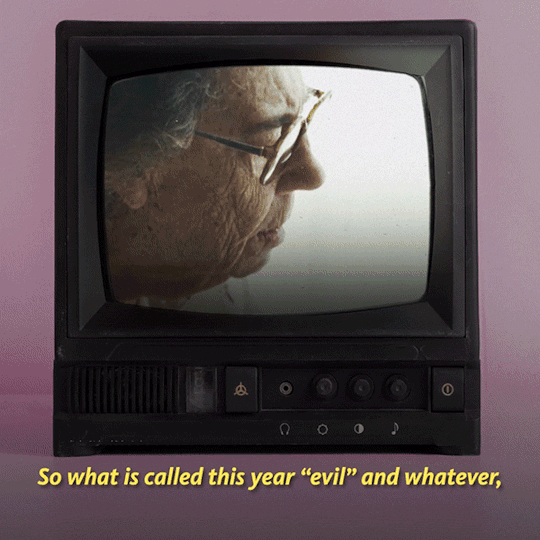

How one woman’s research in the 1940s changed queer life forever
This Pride month, we saw a landmark victory for LGBTQ workers’ rights in the Supreme Court, and the fifth anniversary of gay marriage!
One person we have to thank for that is UCLA’s Dr. Evelyn Hooker, who sought to change the understanding of homosexuality as a mental illness in the 1940s.
Her groundbreaking study showed gay people were not ill and in need of a cure. Her research made it all the way to the Supreme Court and helped change queer life forever.
youtube
2K notes
·
View notes
Video
youtube
The COVID vaccine came out super quickly. Here’s why it’s safe.
There are different types of vaccines, but they all have the same purpose.
The first one ever created was for smallpox. A doctor realized that people who got a milder but similar virus called cowpox seemed to be immune to smallpox.

By fighting off cowpox, the body had learned to recognize smallpox and produce antibodies to ward it off. This is fundamentally how vaccines function today. Teaching the body to fight smallpox, however, required injecting cow scabs into humans, and risking real illness.
Although traditional vaccines have taken years to develop, scientists have harnessed a much faster method for the COVID vaccine.

The technique, used to create both the Moderna and Pfizer vaccines, uses mRNA — or messenger RNA — to make harmless versions of the spike proteins found on the COVID-19 virus. In earlier vaccines, scientists had to make those proteins in a lab and then transfer them into the vaccine.
With mRNA, our body produces the proteins — a vastly quicker and more efficient process. It does this so well because our body already knows how to make mRNA (and does all the time). mRNA is like a blank piece of paper that our cell nucleus encodes instructions into in order to make proteins that control bodily processes, like hormones. Our cell nucleus then “mails” the mRNA it’s encoded out into the rest of the body. This process happens inside us every moment of the day.
Read more
59 notes
·
View notes
Photo

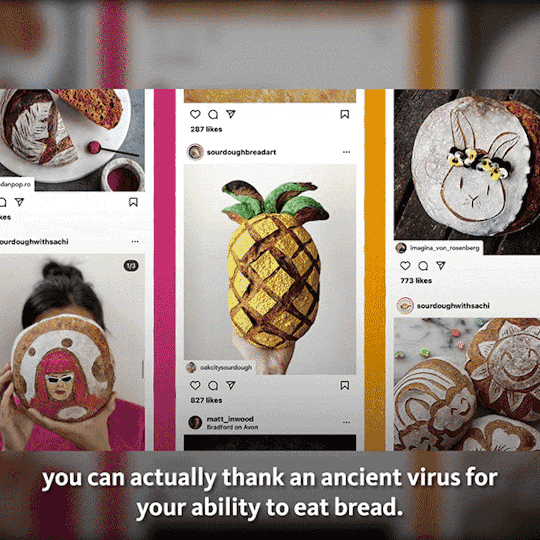

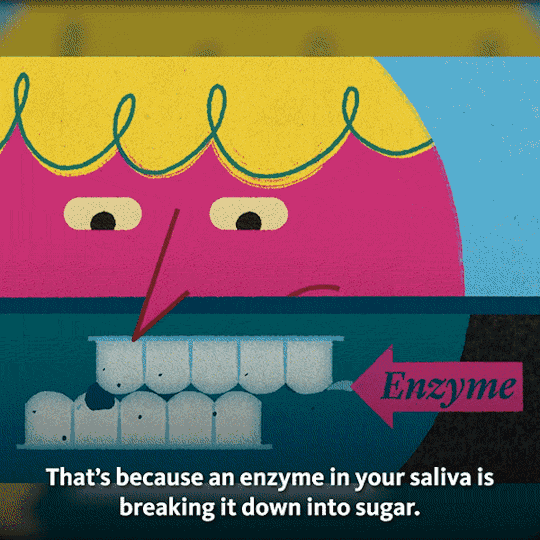
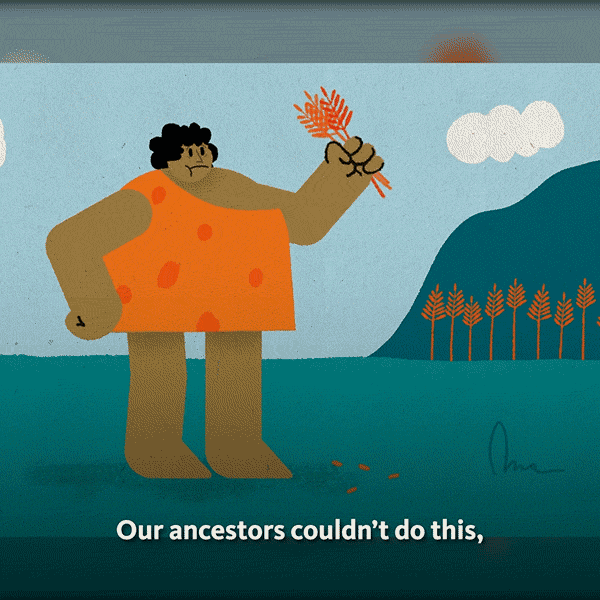


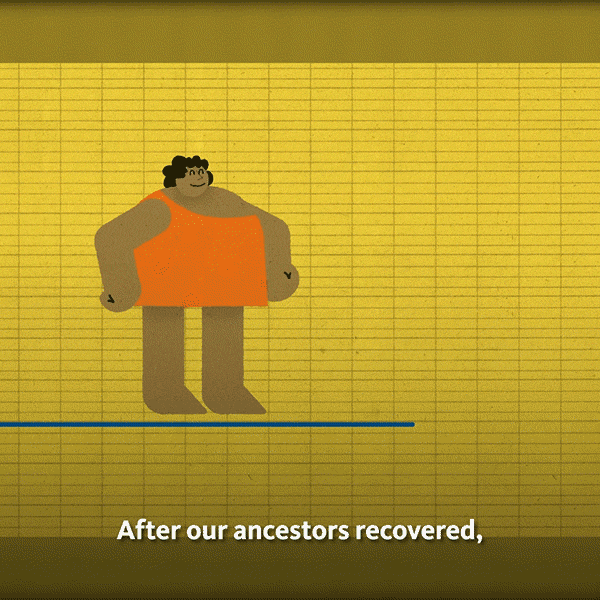

Remember when the pandemic started and some people were really into baking bread?
Lots of people embraced the comfort of sourdough to get them through the frightening first months of the pandemic. Ironically, the reason we can eat bread at all is because thousands of years ago a virus helped us develop a new enzyme that made it easier to digest carbohydrates.
Viruses have developed hand-in-hand with humankind, sometimes — as we’ve seen with COVID-19 — to deadly effect. Humans have fought back, developing in the process the concept of vaccines, with the first effective, modern vaccine coming on the scene more than 200 years ago.
Today’s COVID-19 vaccines work in much the same way as those early inoculations but are safer and more effective. It’s true that they were developed with historic speed — but only because they were built on decades of basic research that allowed us to deliver them in record time.
youtube
4K notes
·
View notes
Video
youtube
Ready for the next big disaster? Here's what we do if an asteroid is headed to earth
Asteroids hitting the Earth have been a staple of Hollywood blockbusters for years. But what happens if there actually was an asteroid hurtling towards us?
Luckily, there are people like Kirsten Howley, a Lawrence Livermore National Lab researcher, who has a game plan for dealing with this potential danger. And strangely enough, it doesn't seem to involve Bruce Willis.
42 notes
·
View notes
Photo

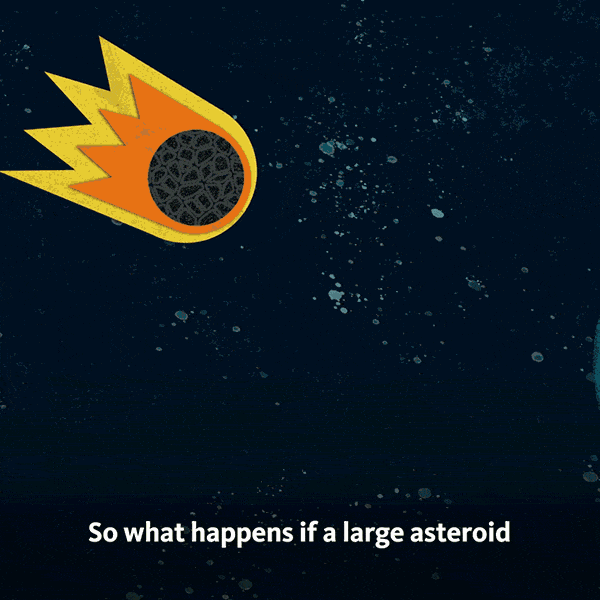
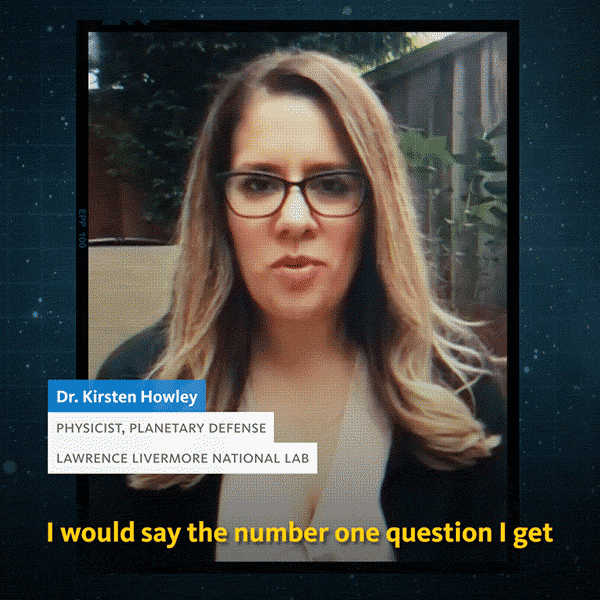
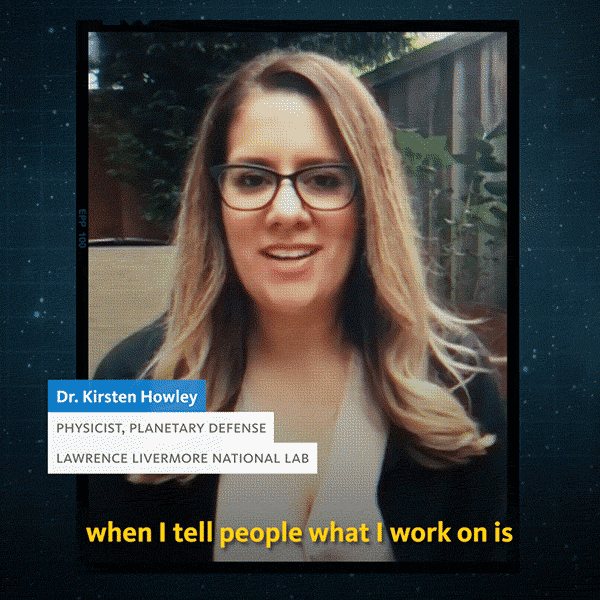
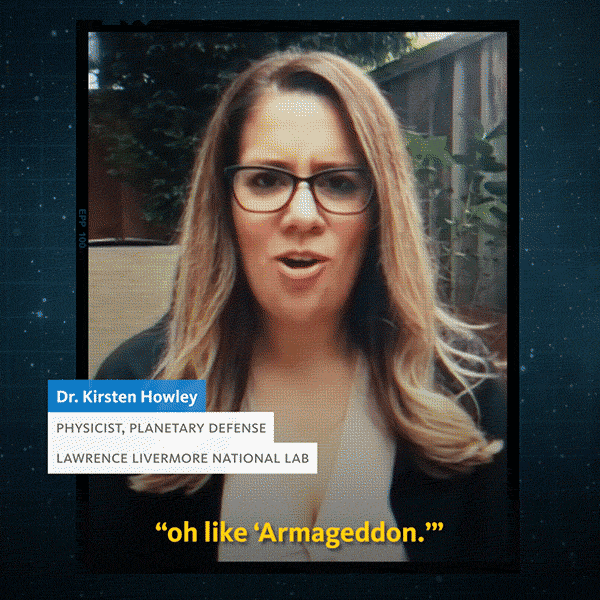


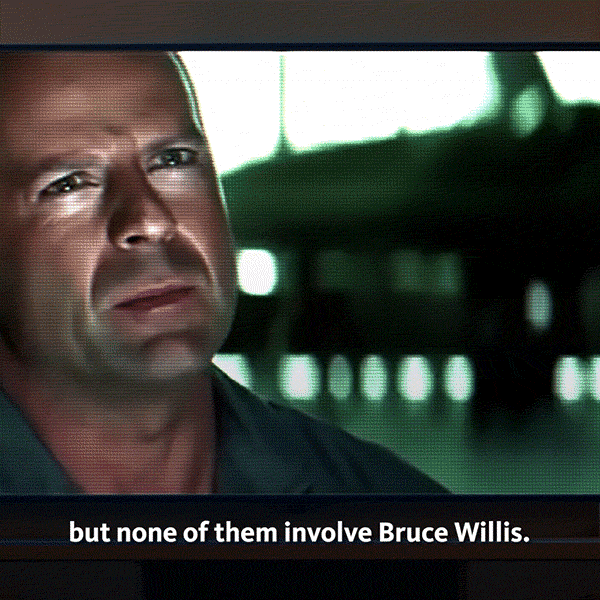
What Hollywood gets wrong (and right!) about protecting the Earth from asteroids
In the 1998 movie, “Armageddon,” an asteroid the width of Texas is about to hit Earth. The heroes who stop it in just the nick of time are a group of orange-suited Americans, all men.
Life isn’t always like the movies.
Not that an asteroid couldn’t slam into Earth, mind you. Asteroids — mostly tiny ones — pass by our planet virtually every second. But the people charged with stopping the big ones aren’t reaching for their spacesuits with mere hours to spare.
And spoiler alert: They also aren’t all men.
“I would say the number one question I get when I tell people what I work on, is ‘Oh, like ‘Armageddon?’’ And it’s nothing like ‘Armageddon,’” says Lawrence Livermore National Lab physicist Kirsten Howley, whose day job includes defending our planet from asteroids.
Howley doesn’t have an orange jumpsuit at hand, but her job is serious business. She and her team of planetary defenders specialize in how we might deflect an asteroid that poses a threat to Earth.
Read more
youtube
3K notes
·
View notes
Photo




The woman whose research helped spark the modern gay rights movement
Five years ago, the Supreme Court allowed same-sex marriage to become the law of the land when it struck down the Defense of Marriage Act, which defined marriage as between one man and one woman. It was a victory built on generations of tireless advocacy, election day disappointments and spurts of progress across the country.
One of the key elements to winning this battle was research, notably that of UCLA psychologist Evelyn Hooker. In the 1940s and 50s, when gay men could be arrested just for being gay, Hooker bucked the norms of her era and studied them like any other subject. Her groundbreaking work showed that being gay was not a mental illness.
Read more
youtube
63 notes
·
View notes
Photo





How one woman’s research in the 1940s changed queer life forever
This Pride month, we saw a landmark victory for LGBTQ workers’ rights in the Supreme Court, and the fifth anniversary of gay marriage!
One person we have to thank for that is UCLA’s Dr. Evelyn Hooker, who sought to change the understanding of homosexuality as a mental illness in the 1940s.
Her groundbreaking study showed gay people were not ill and in need of a cure. Her research made it all the way to the Supreme Court and helped change queer life forever.
youtube
2K notes
·
View notes
Video
Watch more of our videos here
youtube
How the census overlooks the LGBTQ community
The old expression is “if you aren’t counted, then you don’t count.” And the census, administered every 10 years, is the primary tool by which you are counted.
In 2020, for the first time ever, the U.S. census will ask directly whether adults are involved in same- or opposite-sex married or unmarried partnerships, in order to improve the accuracy of information about the true number of same-sex relationship households in the U.S. Sixteen years after gay marriage first became legal in Massachusetts, and five years after it became legal across the country, it’s a landmark achievement for those who have fought for decades to be recognized as equals.
But, according to Kerith Conron from UCLA’s Williams Institute, it needs to go further.
She estimates that the census overlooks about 80 percent of adults in the LGBTQ community.

If you are a lesbian, but not living with a partner, or if you identify as transgender, you are invisible. If you are a bi- or queer-identified person living with an opposite-sex partner, you are also invisible. If you aren’t living with a same-sex partner, you are invisible.
This creates a huge gap in our ability to understand and provide services to the LGBTQ community, with a particularly high cost for transgendered people, who suffer from a lack of good data and corresponding resources.
Their push for visibility in other surveys has made a difference, according to Conron: “Even doing an analysis of federal funding for transgender research, I’ve seen a major increase in the number of grants funded for transgender folks in the last 10 years.”
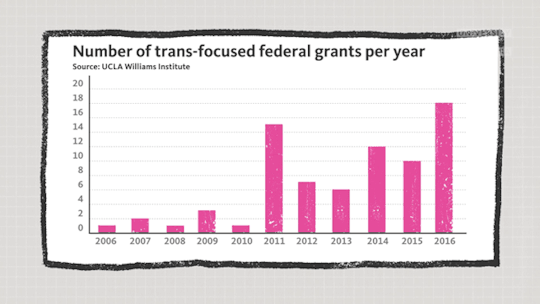
And it isn’t as though we don’t know how to ask these questions — the Williams Institute has even developed a series of best practices for doing so.
Despite the shortcomings of the current census, Conron believes that it will eventually become more and more inclusive.
“I am confident that there are many people in federal government that believe inclusive data collection is a priority and that data collection will move forward,” states Conron.
209 notes
·
View notes
Photo


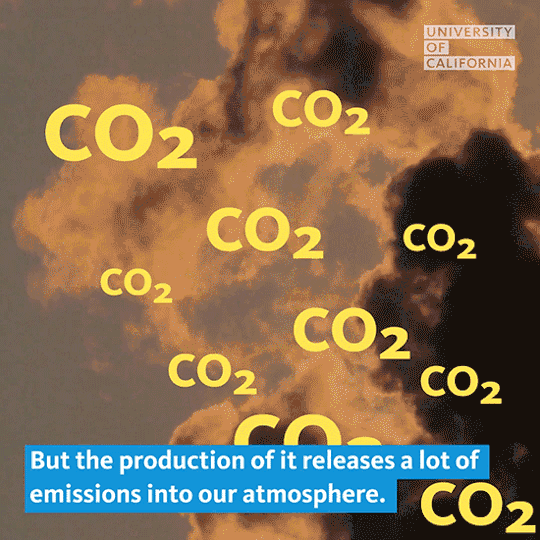







Watch our science videos here
902 notes
·
View notes
Video
youtube
How a 1940s psychology study sparked the modern gay rights movement
This Pride month, we saw a landmark victory for LGBTQ workers’ rights in the Supreme Court, and the fifth anniversary of gay marriage! Behind the scenes, researchers help make these victories happen. From Dr. Evelyn Hooker, who showed homosexuality was not an illness in the 1940s, to Jody Herman, who documents the needs and realities of trans people today, UC researchers and their work are reaching all corners of the legal and medical communities and changing queer life forever — and the world.
Read more
23 notes
·
View notes
Photo





How one woman's research in the 1940s changed queer life forever
This Pride month, we saw a landmark victory for LGBTQ workers’ rights in the Supreme Court, and the fifth anniversary of gay marriage!
One person we have to thank for that is UCLA’s Dr. Evelyn Hooker, who sought to change the understanding of homosexuality as a mental illness in the 1940s.
Her groundbreaking study showed gay people were not ill and in need of a cure. Her research made it all the way to the Supreme Court and helped change queer life forever.
youtube
2K notes
·
View notes
Quote
Our long-range strategy has to be to abolish imprisonment ... It tends to reproduce the very problems it purports to solve.
Angela Davis, Imagining a world without prisons

264 notes
·
View notes
Video
youtube
How the census overlooks the LGBTQ community
The old expression is “if you aren’t counted, then you don’t count.” And the census, administered every 10 years, is the primary tool by which you are counted.
In 2020, for the first time ever, the U.S. census will ask directly whether adults are involved in same- or opposite-sex married or unmarried partnerships, in order to improve the accuracy of information about the true number of same-sex relationship households in the U.S. Sixteen years after gay marriage first became legal in Massachusetts, and five years after it became legal across the country, it’s a landmark achievement for those who have fought for decades to be recognized as equals.
But, according to Kerith Conron from UCLA’s Williams Institute, it needs to go further.
She estimates that the census overlooks about 80 percent of adults in the LGBTQ community.

If you are a lesbian, but not living with a partner, or if you identify as transgender, you are invisible. If you are a bi- or queer-identified person living with an opposite-sex partner, you are also invisible. If you aren’t living with a same-sex partner, you are invisible.
This creates a huge gap in our ability to understand and provide services to the LGBTQ community, with a particularly high cost for transgendered people, who suffer from a lack of good data and corresponding resources.
Their push for visibility in other surveys has made a difference, according to Conron: “Even doing an analysis of federal funding for transgender research, I’ve seen a major increase in the number of grants funded for transgender folks in the last 10 years.”

And it isn't as though we don't know how to ask these questions — the Williams Institute has even developed a series of best practices for doing so.
Despite the shortcomings of the current census, Conron believes that it will eventually become more and more inclusive.
“I am confident that there are many people in federal government that believe inclusive data collection is a priority and that data collection will move forward,” states Conron.
209 notes
·
View notes